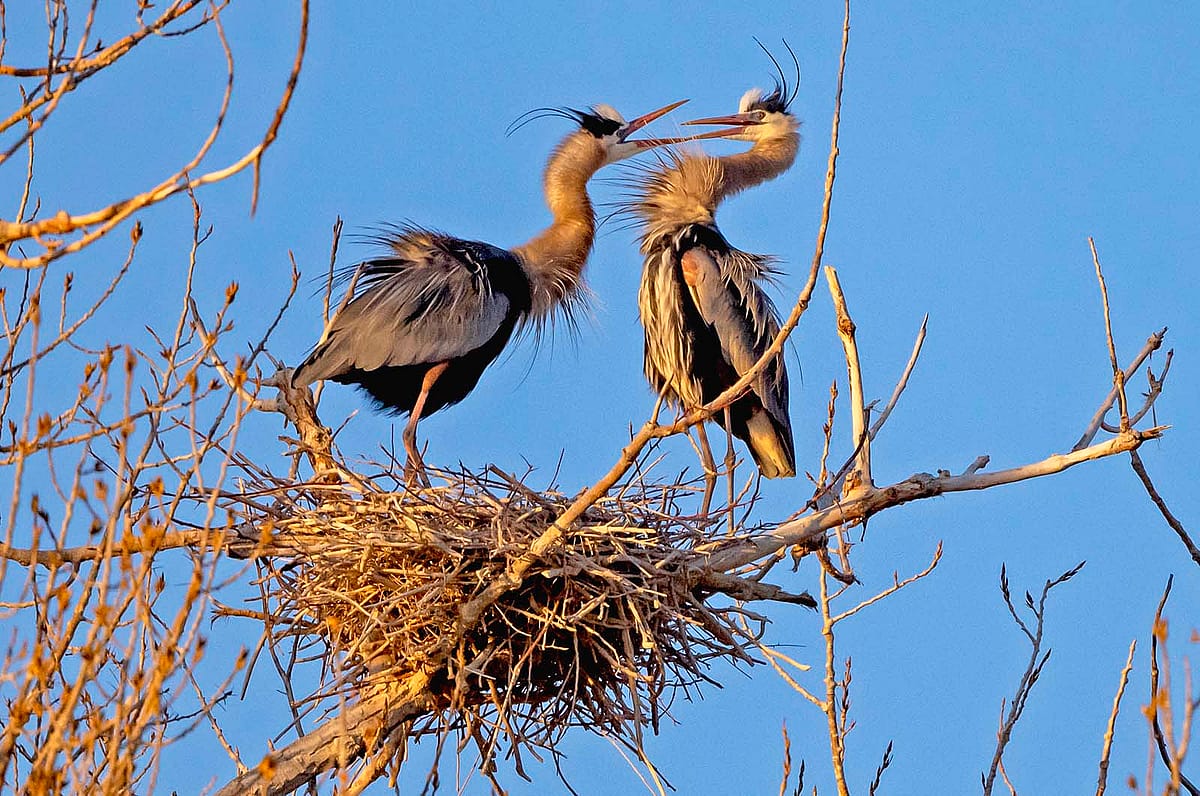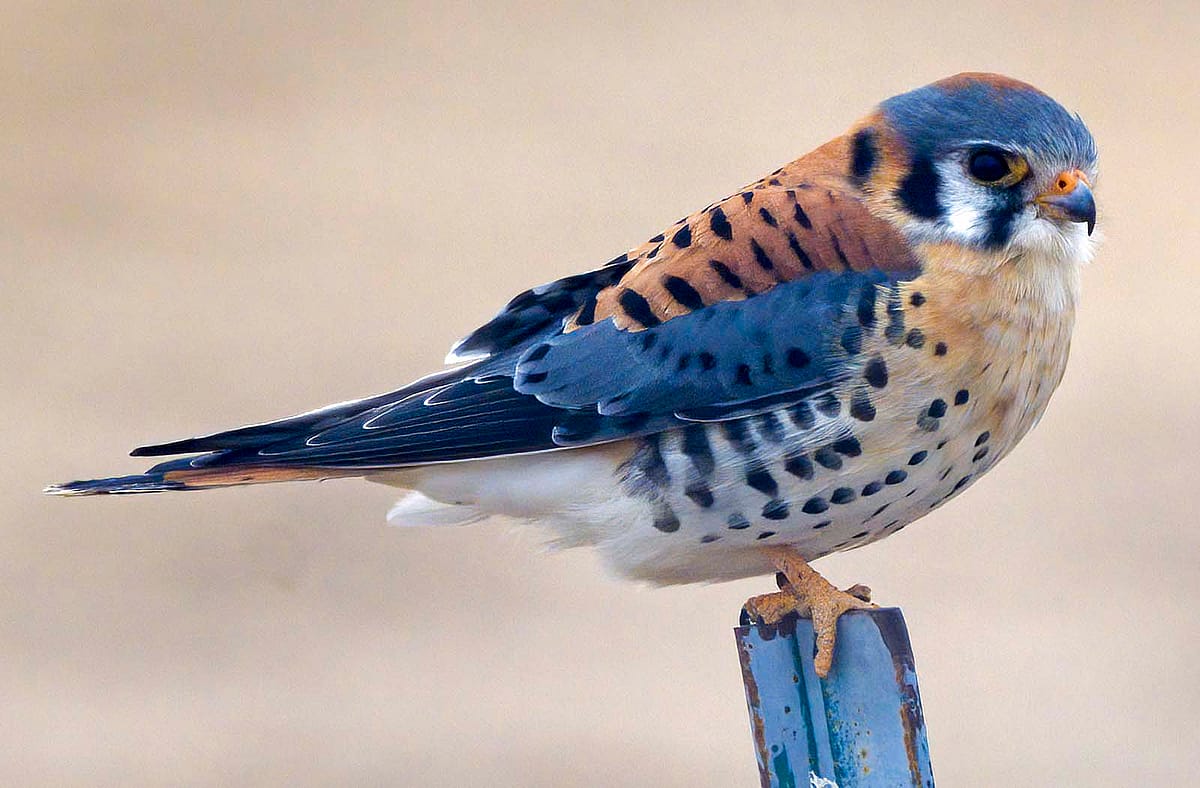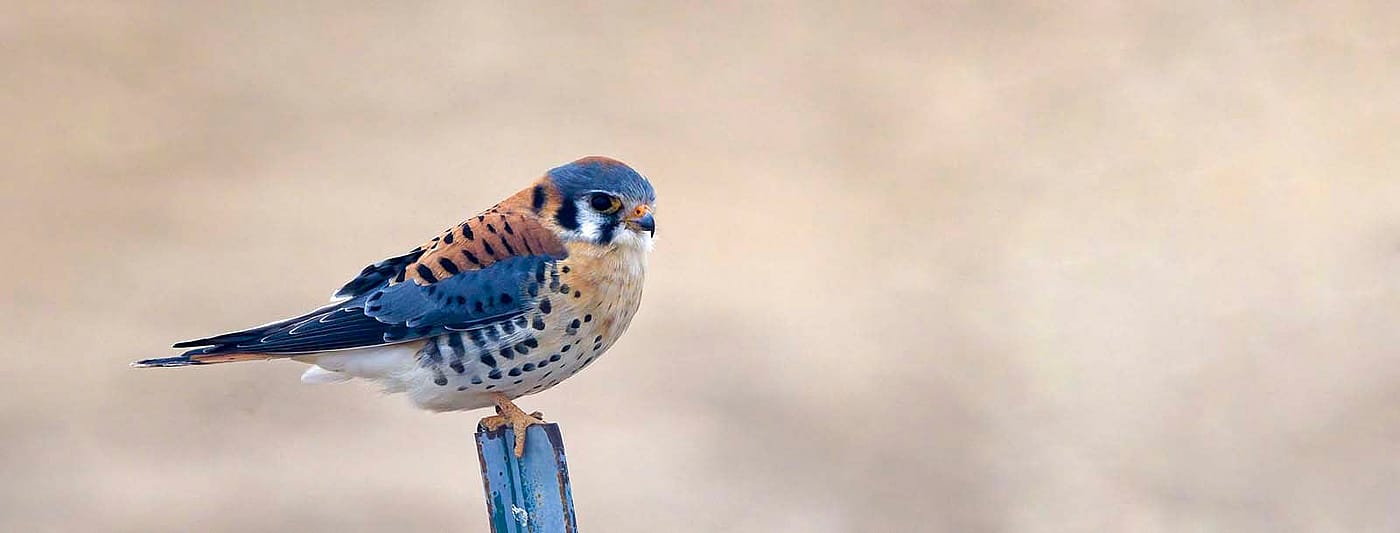
Spring Wings – Points West Online
Originally published in Points West magazine
Spring 2021
Spring Wings: Birds Flock to Yellowstone Region
By Michaela Jones
If you have a tendency to gaze longingly out the window on a warm spring day, you’ve likely noticed bluebirds on fenceposts and robins on branches. But there are also the birds flying overhead, sometimes traveling in flocks and other times solo. Wings outstretched, they soar through the air, using the earth’s magnetic field as their compass. In a fleeting thought, you may have even wondered where these small travelers were going and why.
Each spring, birds cover hundreds—and in some cases thousands—of miles before reaching their destination. Much like tourists and locals who flock to Yellowstone National Park as it reopens each spring, many bird species have their own motivations for traveling to and through the region around America’s first national park.
More than three hundred bird species have been spotted in Yellowstone, including raptors, songbirds, waterfowl, and shorebirds. Of those species, about half stay in the park to build nests and fledge their young.
Spring is an especially good time for bird watching in Yellowstone, as tourist crowds are light and a wide range of winged visitors are active. There are a few things you can do to increase your chances of seeing some of these magnificent feathered creatures during their great migration to and through the landscapes in and around the park.
“It’s important to do a little bit of research before you go,” said Melissa Hill, Live Raptor Program Manager at the Buffalo Bill Center of the West. Setting intentions and having a general idea of what to look for is a great place to start, she explained.
Migration brings many birds back to the park following their winter travels south, while others are simply passing through on their way to nesting destinations farther north.
“People often think birds have to migrate because it gets so cold, but that’s really not it. In fact, many birds are equipped to handle cold temperatures,” Hill said.
Species like snowy owls, bald eagles, and great horned owls can handle wind chills as low as 20 or 30 degrees below zero because they have very little exposed skin. Unlike humans, these birds are less likely to suffer frostbite or hypothermia due to their excellent insulation.
But despite their ability to survive frigid weather, the insects that serve as their main food source eventually begin their own migrations south and become sparse or disappear altogether as cooler temperatures set in.
Birds like the peregrine falcon, which can typically be seen in Yellowstone from March through October, require a diet made up of other smaller birds that consume insects, meaning the falcons must also migrate and follow these insect eaters.
Spring brings abundant birds, but fall is also “a good time to see migrations in Yellowstone,” Hill said. The Hayden Valley, which is centrally located in the park, is her go-to spot.
“Because of the open fields, that’s a good spot to see golden eagles and Swainson’s hawks before they leave (for winter). That’s also where red-tailed hawks will be easiest to see.” In places closer to the river, visitors may also spot great blue herons, wading in shallow waters, stalking their prey.
For optimal birding, Hill recommends bringing a scope, binoculars, or a camera with a long lens, and picking a nice spot to sit quietly and wait for birds. Similar to observing any other type of animal, it’s important to keep chatter to a minimum, make little noise, and stay at least 25 yards away at all times.
After exploring the Hayden Valley, longtime birder and Powell, Wyoming-based photographer Rob Koelling encourages visitors to travel a few miles south, along the Yellowstone River, to visit the LeHardy Rapids and catch a glimpse of the harlequin ducks.
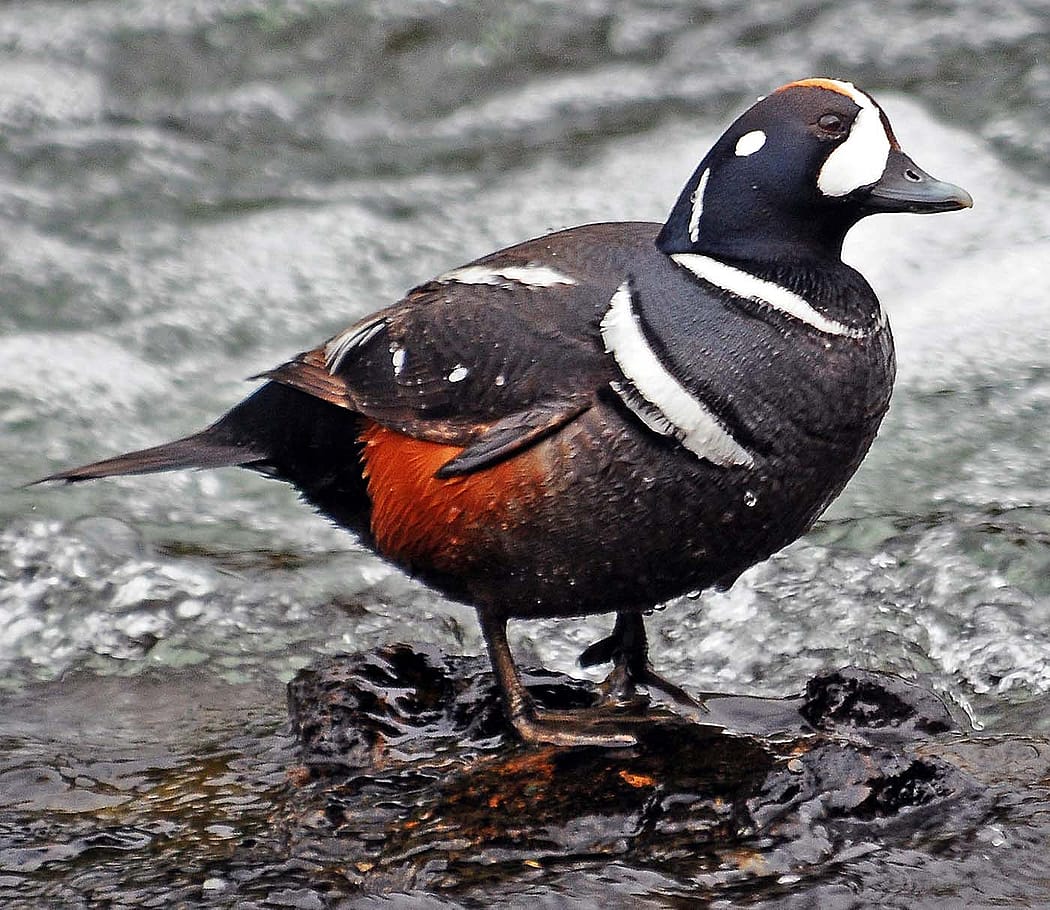
Identifiable by their small bills, short necks and striking plumage, the ducks temporarily reside at the rapids in the early part of May to enjoy the fast-moving water.
“All along the Yellowstone River is a good place to plant yourself and watch for bald eagles that soar through there,” Koelling said.
Additionally, sandhill cranes—which can often be heard before being seen—are not to be missed when they arrive to nest in Yellowstone each summer. With their unmistakable red crown, the sandhill crane is the tallest bird in the park, standing at about four feet tall, with a wingspan of approximately six-and-a-half feet. Look for them in both open wetlands or dry meadows in the park.
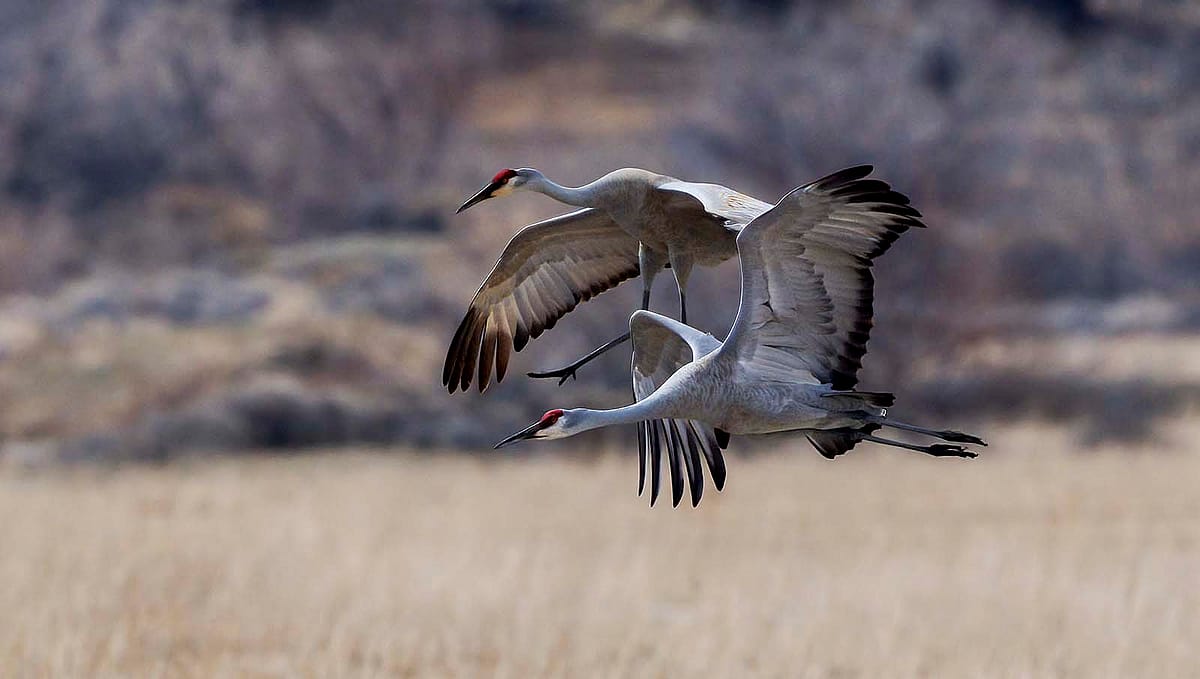
For an up-close and personal experience with some amazing birds, the Draper Museum Raptor Experience at the Buffalo Bill Center of the West is a live, year-round education program that allows visitors to view some of Wyoming’s most recognized birds of prey.
All birds housed at the Center have been previously injured while in the wild and would otherwise be unable to survive on their own. The Raptor Experience currently includes a bald eagle, short-eared owl, golden eagle, great horned owl, red-tailed hawk, peregrine falcon, turkey vulture, saw-whet owl, eastern screech owl, Swainson’s hawk, and two American kestrels. Details on each bird are available at centerofthewest.org/raptor-experience.
Staffers at the Center strive to replicate a life in the wild for the raptors as closely as possible, but certain precautions are put in place to protect the birds.
“When your wing is damaged or you can’t see well, it makes it really hard to catch live prey,” Hill said. “Rather than risk them hurting themselves while trying to catch their dinner, we don’t ever feed them anything that’s alive.”
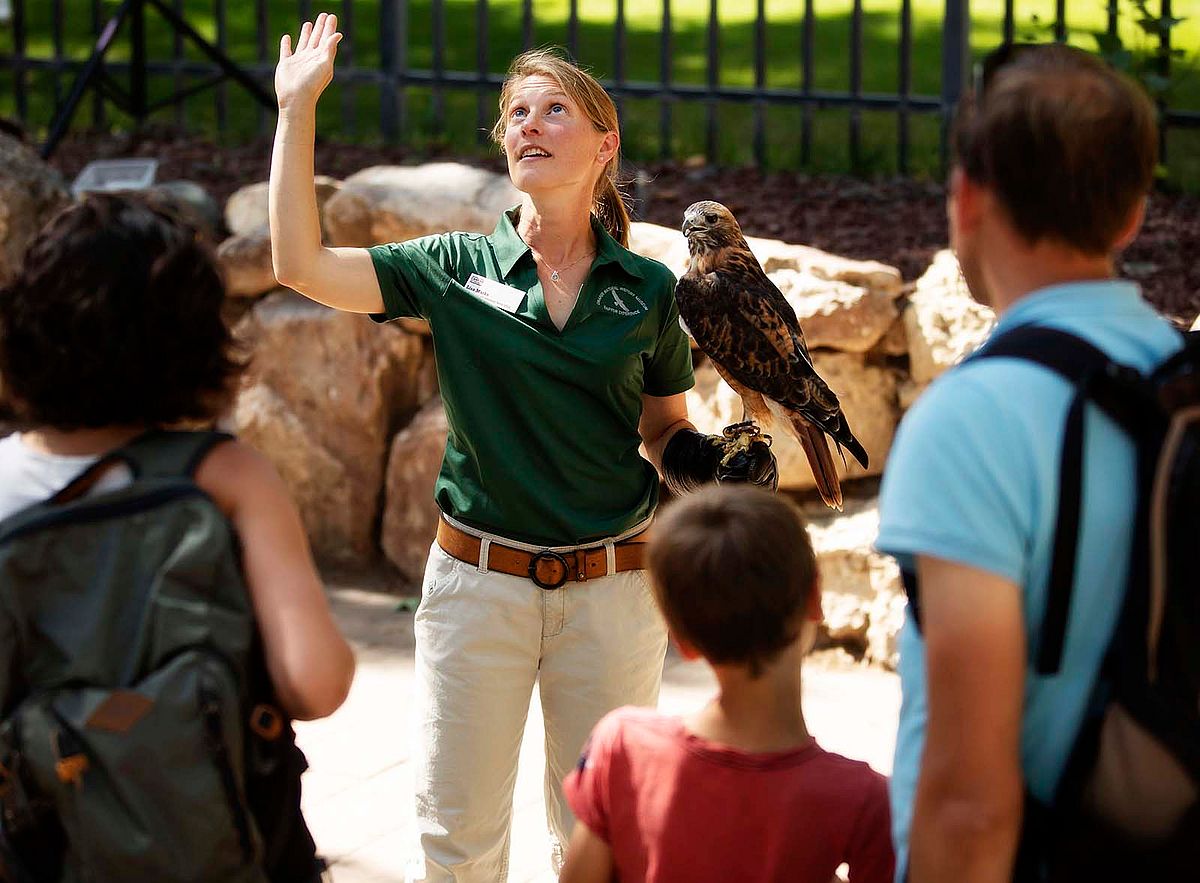
When caring for 13 birds, feedings at the Center are no small feat. Just in 2020, the raptors consumed 5,100 mice, 735 chicks, 250 quail, 500 small rats, 1,293 rats of various sizes, 67 rabbits, plus an abundance of fish.
Each raptor, with its unique adaptations, has a variety of abilities that consistently surprise visitors. Peregrine falcons are celebrated because they can dive at speeds of more than two hundred mph, and golden eagles can take down a pronghorn antelope. But other raptor species are sometimes less admired, in part because they are misunderstood.
For instance, turkey vultures—with their six-foot wingspan, iconic bald head, and the ability to send acidic vomit sailing up to 10 feet—are not always cast in the best light or viewed as a symbol of beauty. In reality, though, turkey vultures are incredible creatures, Hill explained. Not only are these birds beneficial for the environment, but they act as nature’s clean-up crew by disposing of carcasses that would otherwise be breeding grounds for disease.
Migratory raptors, unlike songbirds and waterfowl, tend to be solo travelers. Though one may see hundreds of raptors at a migratory hotspot, they’re not necessarily traveling together, Hill noted. Instead, they’re all using the same flyway, and when the winds work in their favor, they’re able to conserve energy.
“They’re all just trying to make their way, and they happen to be stopping at the same hotel,” Hill explained.
So whether you start your spring bird-watching journey at the Buffalo Bill Center of the West, Yellowstone National Park, or your own backyard, there’s sure to be a species to capture your interest.
“When it comes to bird watching, they can be anywhere and everywhere,” Koelling said. “You really just have to pay attention, because you never know what you’ll run across. Sometimes all it takes is getting away from the crowds.”

About the author
Cody native Michaela Jones is the Alumni & Development Coordinator at Northwest College in Powell, Wyoming, and was previously the Communications/Social Media Specialist there. In her free time, she enjoys reading, writing, cooking, and paddle boarding.
Written By
Nancy McClure
Nancy now does Grants & Foundations Relations for the Center of the West's Development Department, but was formerly the Content Producer for the Center's Public Relations Department, where her work included writing and updating website content, publicizing events, copy editing, working with images, and producing the e-newsletter Western Wire. Her current job is seeking and applying for funding from government grants and private foundations. In her spare time, Nancy enjoys photography, reading, flower gardening, and playing the flute.

